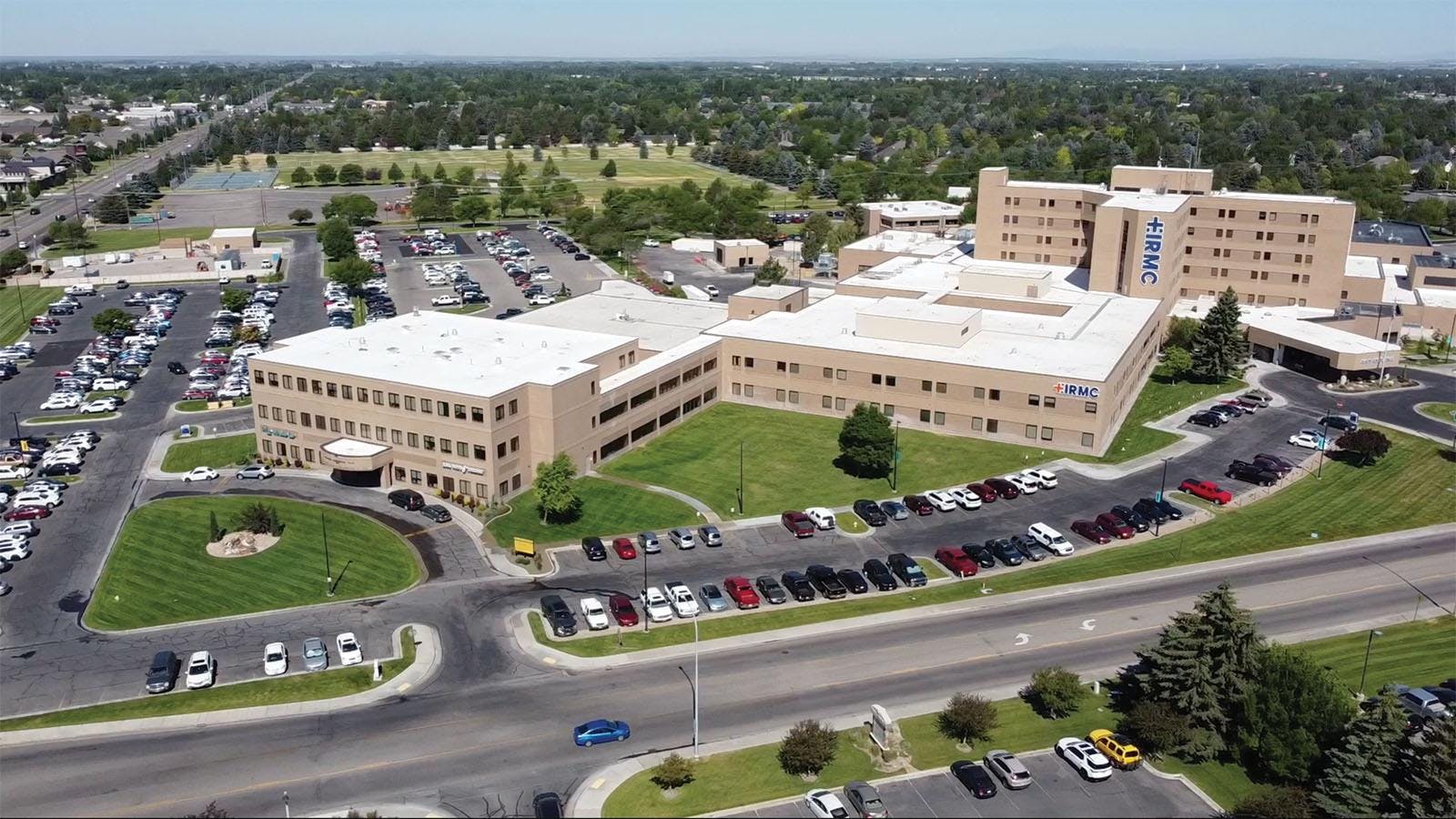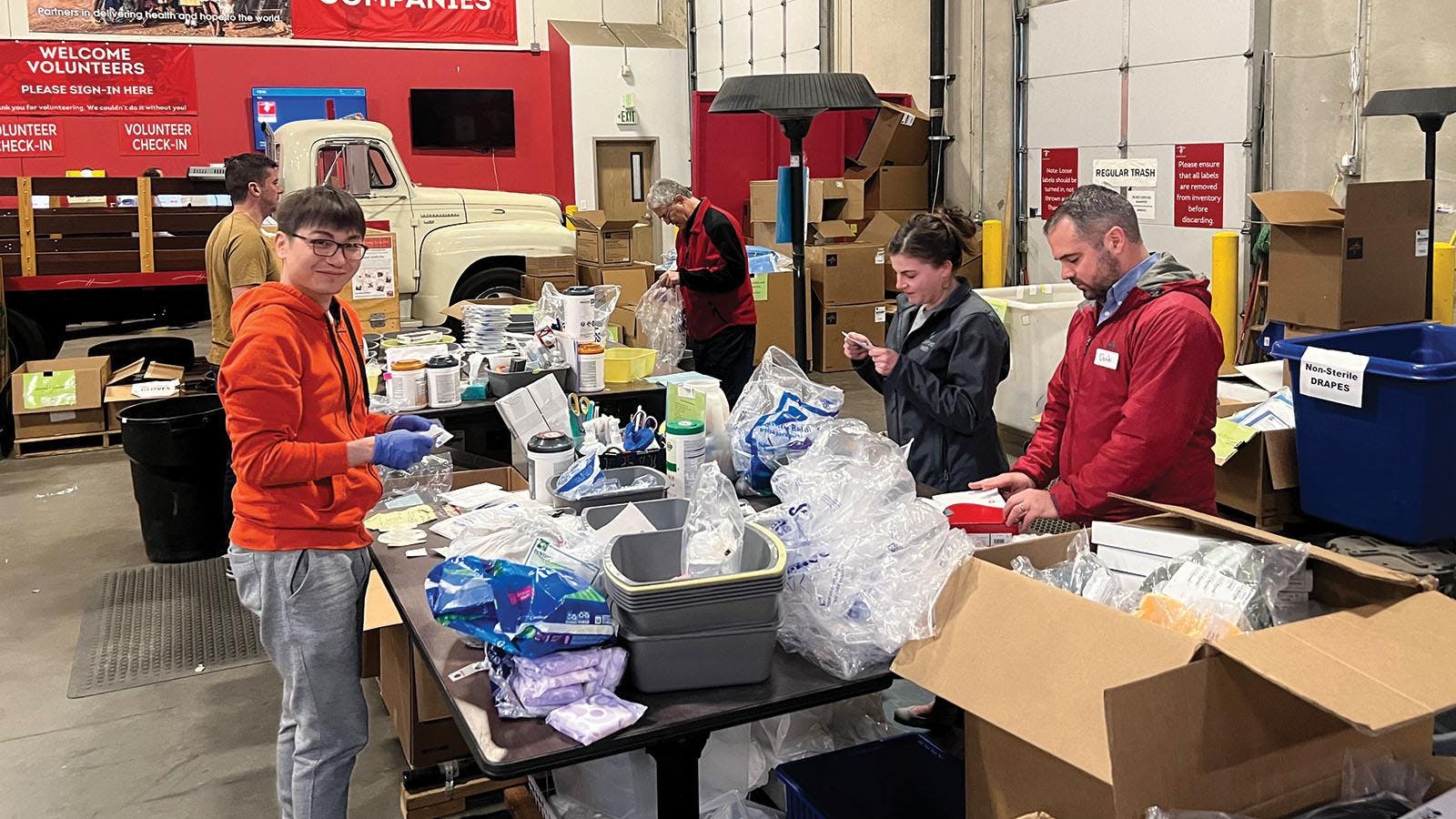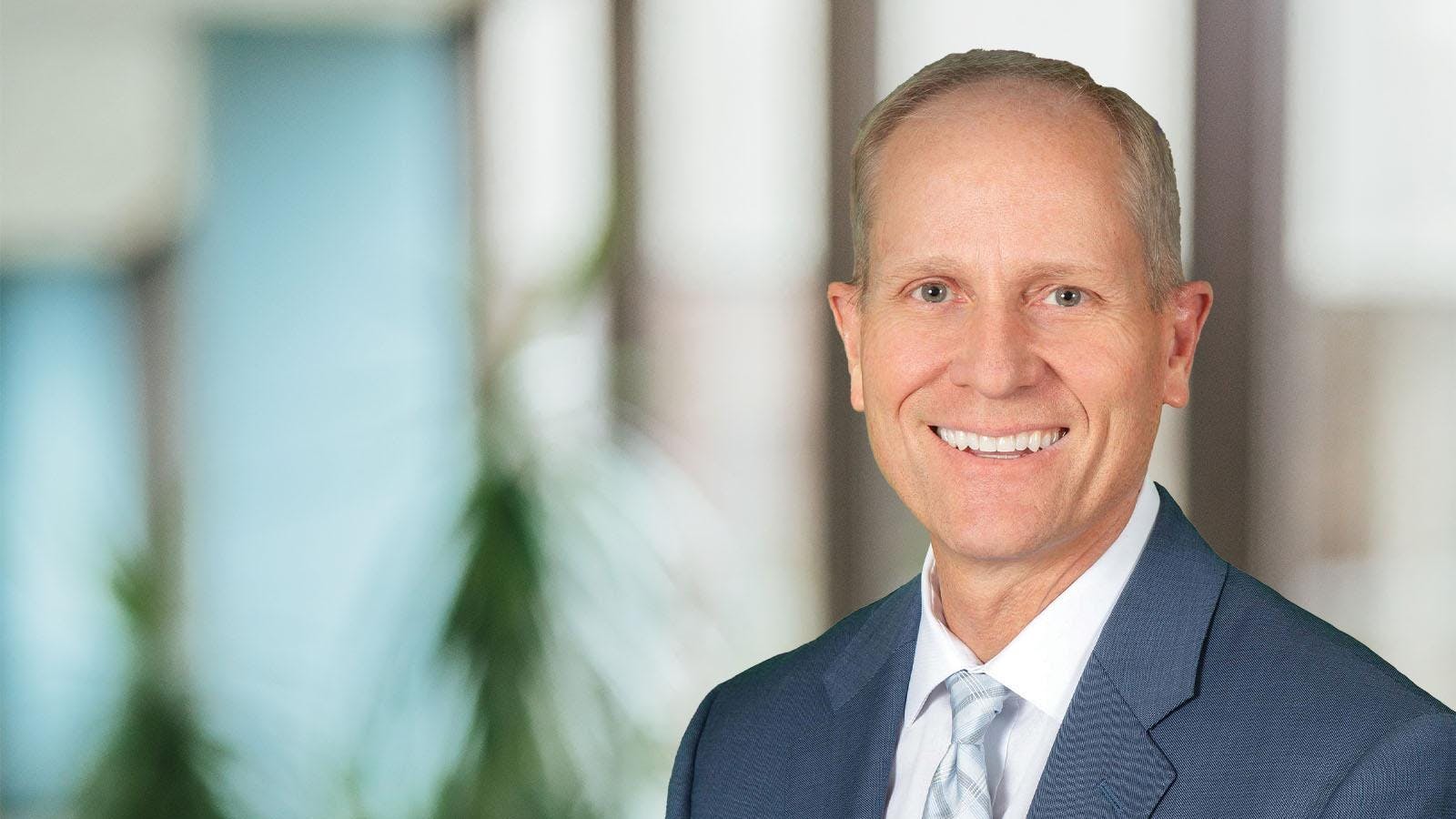Shahzaib Tariq, MD joins Blue Sky Neurology, Eastern Idaho Regional Medical Center

January 16, 2024
With the addition of Blue Sky Neurology’s Shahzaib Tariq, MD at Eastern Idaho Regional Medical Center, EIRMC is now the only hospital in the greater Idaho Falls area that provides boots-on-the-ground inpatient neurology care full time. Dr. Tariq officially started at EIRMC in late 2023.
Born and raised in Pakistan, Dr. Tariq went to medical school at Sheikh Zayed Medical College. He completed an internal medicine residency at Central Park Teaching Hospital in Pakistan before moving to the U.S., where he completed an additional residency in neurology at Allegheny General Hospital in Pittsburgh, Pennsylvania. Dr. Tariq has a special interest in epilepsy.
Dr. Tariq joins fellow Blue Sky neurologist William Hills, MD at EIRMC, which, as a regional medical center, has a drawing area of up to 1.5 million people. The division’s medical director, Dr. Hills has been at EIRMC since Blue Sky began providing inpatient neurology services there in February 2022.
Based on historical volumes, it’s estimated that approximately 2,000 patients will be served by Drs. Tariq and Hills every year.
“As EIRMC has expanded its capabilities in neurosurgery and neurovascular procedures, there is a need for a consistent neurology presence to follow those patients post-procedure,” Blue Sky director of operations Tiffany Talley said. “This onsite presence is also extremely important for patients who receive thrombolytics (tPA/TNK) for stroke and crucial for those who go for intra-arterial (IA) therapy or mechanical thrombectomy.”
Blue Sky and EIRMC already had an established, positive relationship as Blue Sky has been providing telestroke services at the hospital since September 2020.
Blue Sky now has an inpatient neurology presence in 20 hospitals across five states, recording more than 80,000 patient encounters annually.


